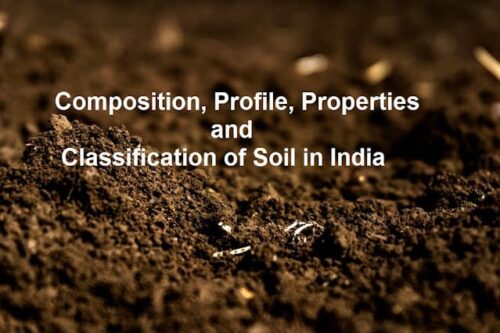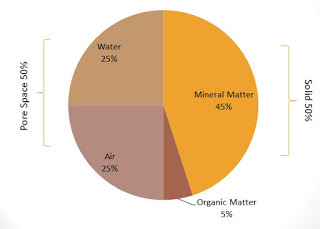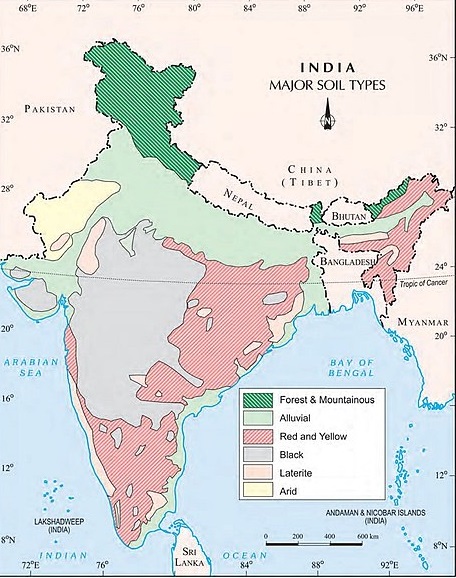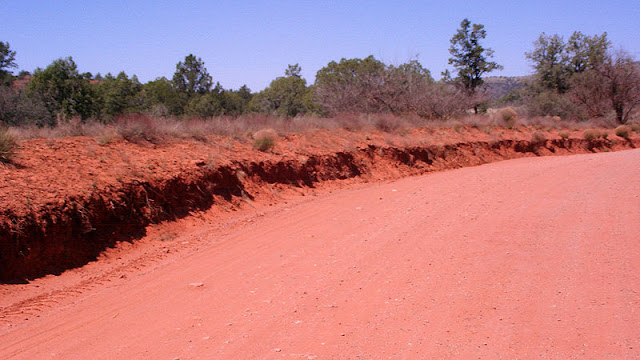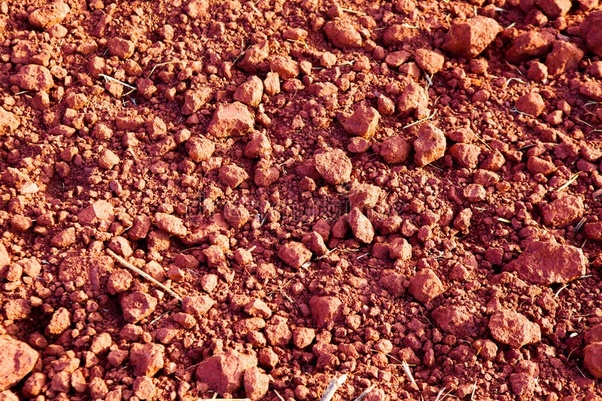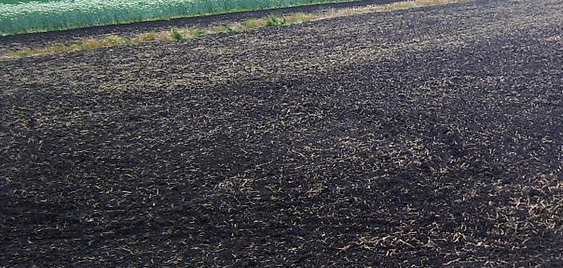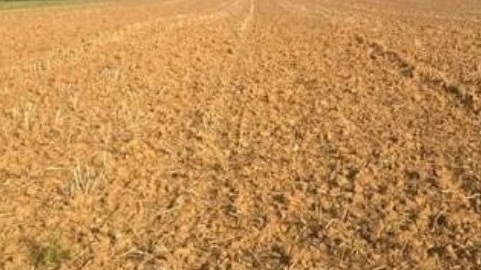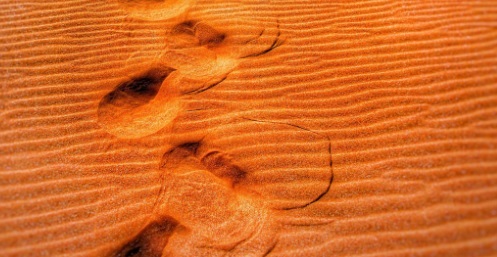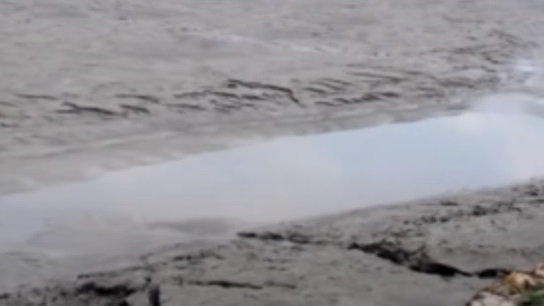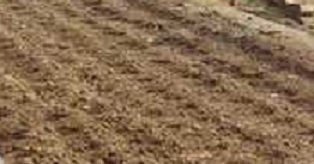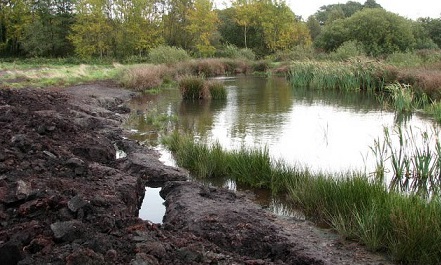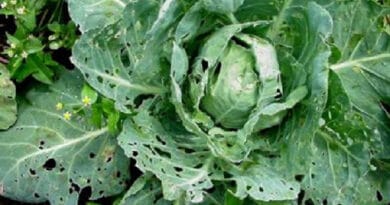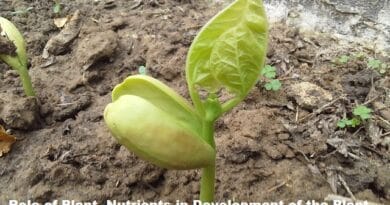Composition Profile Properties and Classification of Soil in India
Composition Profile Properties and Classification of Soil: A Fundamental Introduction to Soil Science
The Composition of Soil ;
Soil Profile ;
If a section of representative soil is examined downwards, different layers are usually found; such a section is called the soil profile, and individual layers are called Horizons
The profile is a crucial tool in nutrient management. By examining a profile, we will gain valuable insight into soil fertility because when the soil weathers and/or organic matter decomposes, the profile of the soil changes.
2) Horizon ‘A’ (Surface soil), also called a layer of mineral soil, has the most organic matter accumulation and soil life. Additionally, thanks to weathering, oxides (mainly iron oxides) and clay minerals are formed and accumulated. Topsoil features a pronounced soil structure. But in some soils, clay minerals, iron, aluminum, organic compounds, and other constituents are soluble and move downwards. When this eluviation is pronounced, a lighter-colored E subsurface horizon is clear at the bottom of the A horizon. The A horizon can also result from a mixture of soil bioturbation and surface processes that winnow fine particles from biologically mounded topsoil. During this case, the A horizon is considered a “biomantle”.
3) Horizon’B’ (Subsoil);
4) Horizon’C’ ( Substratum);
5) Horizon ‘R’ ( Bedrock); R horizons denote the layer of partially weathered or unweathered bedrock at the bottom of the profile. Unlike the above layers, R horizons largely comprise continuous masses (as against boulders) of hard rock that can’t be excavated by hand. Soils formed in place from bedrock will exhibit strong similarities to the present bedrock layer.
Physical Properties of Soil;
1) Soil Texture:
Relative percentage of different soil separates like sand, silt, and Clay.
| Separates | Diameter in mm | No of particle/g | Surface Area in Sq. cm/ |
| 1) Fine Gravel | 2.0-1.0 | 90 | 11.3 |
| 2) Sand | |||
| Coarse | 1.0 – 0.5 | 722 | 22.7 |
| Medium | 0.5-0.1 | 46213 | 90.7 |
| Fine | 0.1- .05 | 722074 | 226.9 |
| 3) Silt | .05 – .002 | 57X10⁵ | 453.4 |
| 4) Clay | Below 0.002 | 90X 10⁹ | 11342.5 |
Based on fundamental particles, Soil is grouped into the following classes ;
a) Sands:
b) Clays:
c) Loams:
2)Soil Structure ;
3) Density of Soil;
a) Particle Density;
b) Bulk Density;
4) Soil porosity and Permeability ;
5) Soil Colour ;
6) Soil Temperature ;
The temperature of the soil affects not only plant growth but also chemical and biological activity in the soil. The optimal temperature range for microbial nitrogen fixation is 80–90°F. To a certain degree, soil air movement is also controlled by soil temperature. Solar radiation absorption, radiation losses, and moisture evaporation all affect soil temperature. The climate, soil color, altitude, vegetation, and land cover all affect how much heat escapes into the soil. The ideal growth, microbial activity, germination, nutrient movement, plant water absorption, etc., are all facilitated by the temperature of the soil.
Classification of Soil in India;
Soils in India have been divided into several groups and sub-groups. The main groups are ;
1) Red Soils, 2) Laterite, 3) Black soils, 4) Alluvial soils
1. Red Soils
This is further divided into Red loam and Red sandy soils.
(a) Red loam.
1) They are derived from the weathering of granites and gneisses. Schists, dionites, and others are relatively rich in clay-forming minerals and poorer in silica.
b) Red sandy soils.
Distribution: Such soils are found in the whole of Madras & Mysore, part of AP, M.P., Orissa, Bihar, U.P. (Bundelkhand), WB (Birbhumi), and Rajasthan.
2. Laterite Soils
1)Yellowish-red or red-color soils are derived from laterites and they contain a large proportion of primary Kaolinite clay minerals.
4) Due to the breaking off and forming again in different places two types of laterites may be found, low-level laterites and high-level laterites. They have poor water retention.
5)The soils have a fairly high organic matter content but a low level of lime and magnesia and are generally deficient in P and K. The pH of laterite soils is on the acidic side (pH 5.0 – 6.0) due to the magnesia.
Distribution: These soils are found in Maharashtra, Mysore, Kerala, MP, Odisha, and UP.
Crops, like tea, coffee, rubber, cinchona, coconut, areca nut, etc.
3. Black Soils.
3) These soils are divided into 3 groups. Soils with a depth of 30 cm or less are called shallow black soils. 30 cm to 100 cms called medium black soil, and 100 cm or more are called deep black soil. These soils have a clay percentage ranging from 40-60%.
The composition of merely of the montmorillonite group thus shows swelling and shrinking. These soils have A & C horizons due to the mixing up of layer pH varying from 7.5 to 8.5.
(a) Shallow black soils.
(b) Medium black soils.
(c) Deep black soils.
Distribution: The black soils are found in parts of Maharashtra, Gujarat, MP, Rajasthan, UP, AP., Tamil Nadu, and Mysore.
4. Alluvial Soils
These soils are developed mainly by the depositions of silt overages. The older alluvium is more clayey and is darker in color, and a lot of lime. Considerable salinity and/or alkalinity are also found. The fresh alluvium is coarser in texture and shows little or no horizonation.
Coastal Alluvium.
Coastal Sands.
Deltaic Alluvium.
Calcareous Alluvial soils.
Distribution: These soils cover a large part of Rajasthan, Punjab, U.P., Bihar, W.B., Gujarat, and some parts of Assam, Odisha.
5. Desert Soil
This has two distinct types of soils:
(a) Regosol-which is deep, coarse-textured, and sandy.
(b) Lithosol-shallow and resting on bedrock.
The Regosol desert soils consist of wind-blown sand and sandy fluviatile deposits.
(a) Regosolic.
The most predominant part of desert soil is quartz but feldspar and hornblende grains also occur.
(6) Lithosolic.
6. Tarai Soils
They are formed by the downward movement of materials from the lower Himalayan ranges. Surface soil possesses a sandy loam or silty loam texture. With adequate drainage, these become fertile soils.
Crops: Rice, wheat, sugarcane, tobacco, cotton, jute, maize, oilseeds, vegetables, and fruits.
7. Hill Soils (Brown)
Crops: Rice and sugarcane, wheat, jowar, linseed, sunflower, cereal crops, citrus fruits, vegetables, tobacco, groundnut, any oilseed crops, and millets
8. Saline and Alkali Soils
Saline soils are considered better than Alkali soils as the soil is not dispersed and can be rectified with irrigation and the application of Sulphur or Gypsum. Alkali soil can be reclaimed only by adding Gypsum and certain field operations such as scraping the surface.
Distribution; Bihar, Uttar Pradesh, Haryana, Punjab, Rajasthan, and Maharashtra
9. Peaty Soils
Crops: suitable for growing root crops and cereals, potatoes, sugar beet, celery, onions, carrots, lettuce.
